How to jump start a car
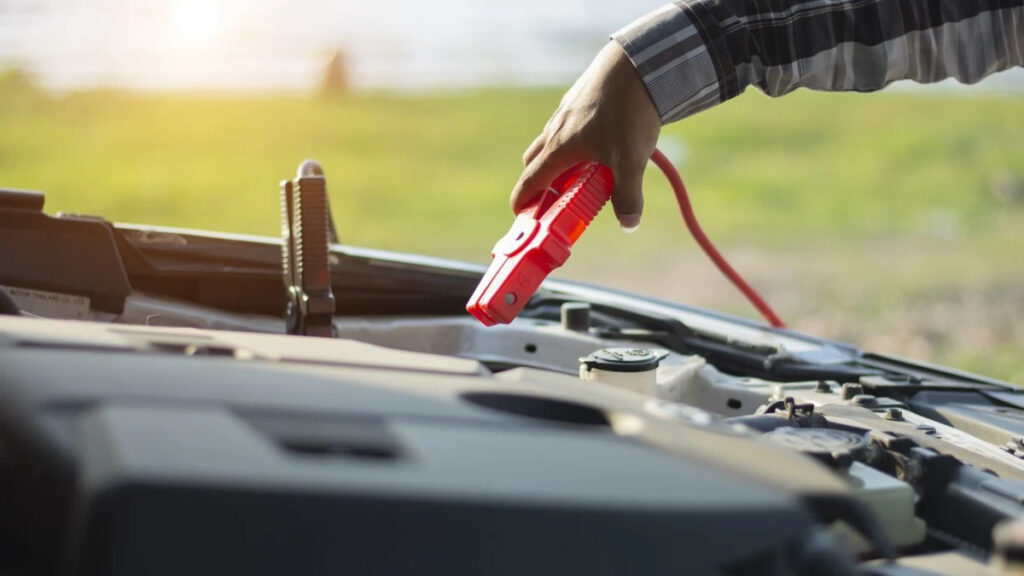
Most of the time, cars start right up when you turn the ignition or hit the push-to-start button. Sometimes, the car may not start due to the battery being drained. If that is the case then you’ll need to jumpstart your car. This can be done with either a second car, and a pair of jumper cables or with a portable jump starter. Here is a detailed guide on how to jump-start a car using both methods.
Method 1: Instructions to jump start a car
Tools you’ll need
Step 1: Get a second car
In order to jump start a car the old-fashioned way, you’ll need a second car. Whether it’s a family member, friend or a kind stranger with a gas-powered car that’s willing to help.
Step 2: Open the hoods of both vehicles
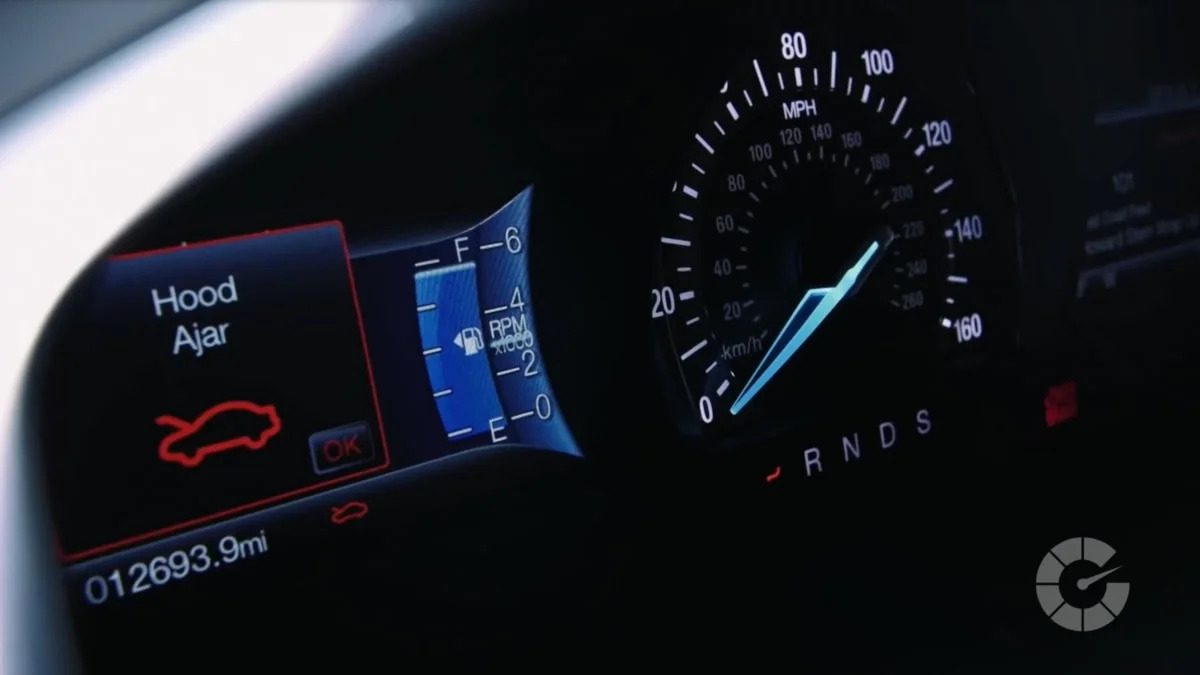
Go into both vehicles and pull the hood release latch. If you have a vehicle with a battery that isn’t under the hood, then make sure the compartment where its held is open so you can access it.
Step 3: Place the jumper cables on the correct terminals
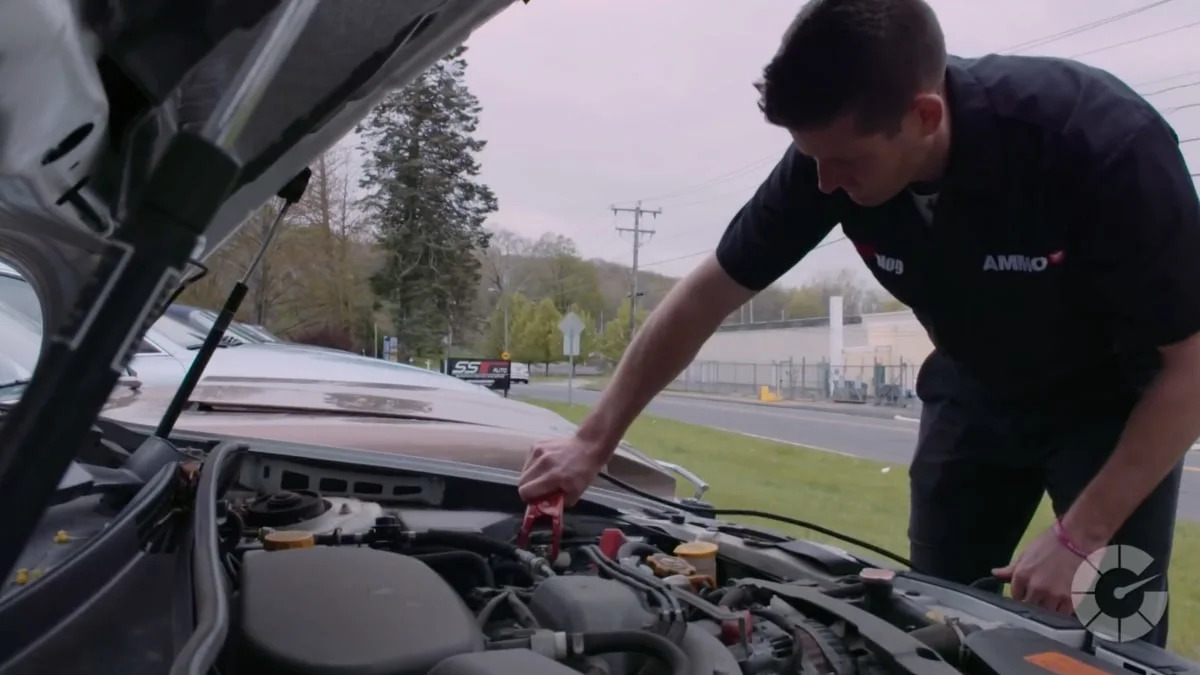
Take your jumper cables and untangle them and make sure the clamps aren’t touching. Make sure both vehicles are completely turned off, including the accessories and lights being off. Place the red positive clamp onto the car with the dead battery first, then connect the other red clamp to the working vehicle. Then connect the black negative clamp to the working battery and the other negative clamp to a piece of unpainted metal under the hood. Make sure the piece of metal you connect the clamp to isn’t causing any sparks.
Step 4: Start up car with the working battery
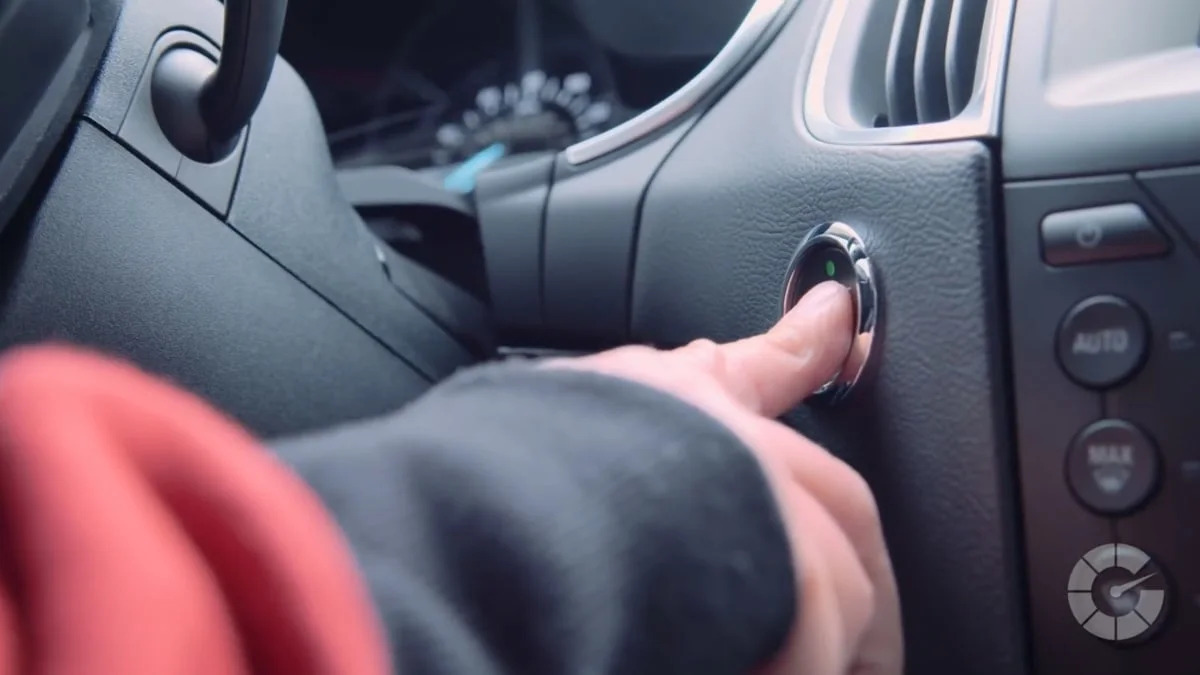
Start up the functional car and let it sit for a few minutes. Then press the gas pedal and give it a few revs to give some power to the dead vehicle’s battery.
Start 5: Start up the car with the dead battery

If everything is working correctly, then the lights from the dead vehicle should come on and you may hear some sounds. Then try to start the vehicle by pressing the ignition. If the vehicle successfully starts, let the car sit for a couple of minutes before driving off. If the vehicle still fails to start try repeating the process over again. If it still doesn’t work, then there may be a more severe issue and it may need to be looked at by a mechanic.
Method 2: Instructions to jump start a car
Tools you’ll need
Step 1: Make sure your jump starter is fully charged
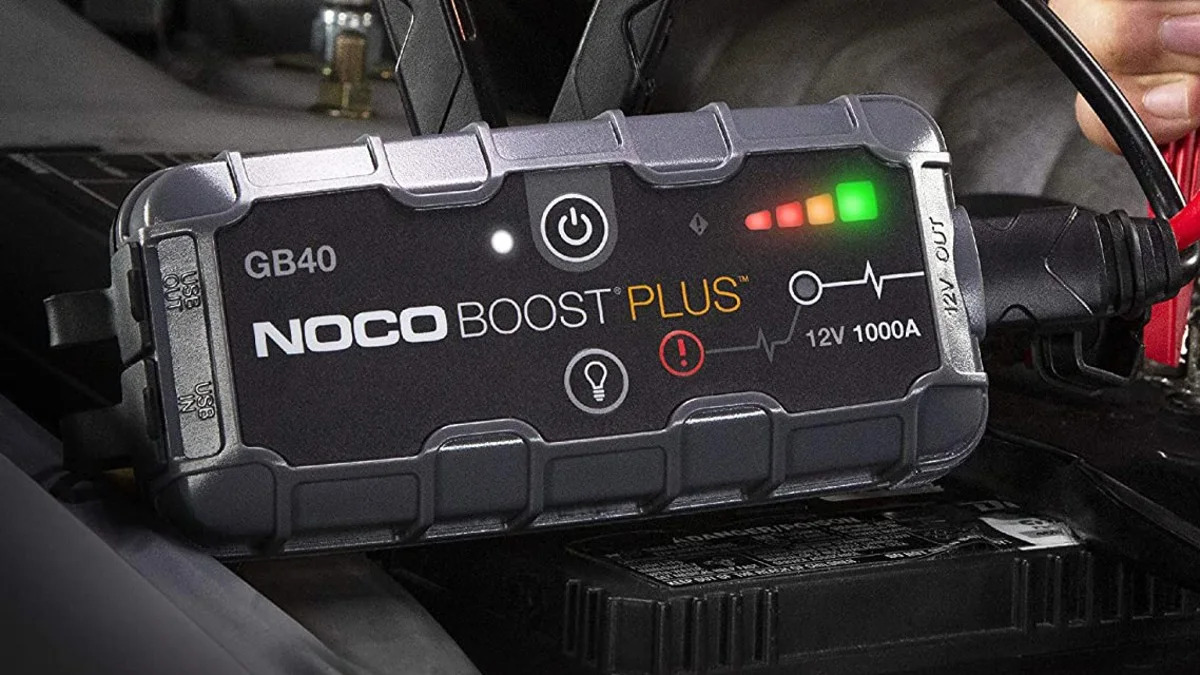
Make sure you plug your charger into a wall outlet and charge the battery. Most jumpstarters need a minimum battery level in order to jump start the vehicle.
Step 2: Open the hood of the car
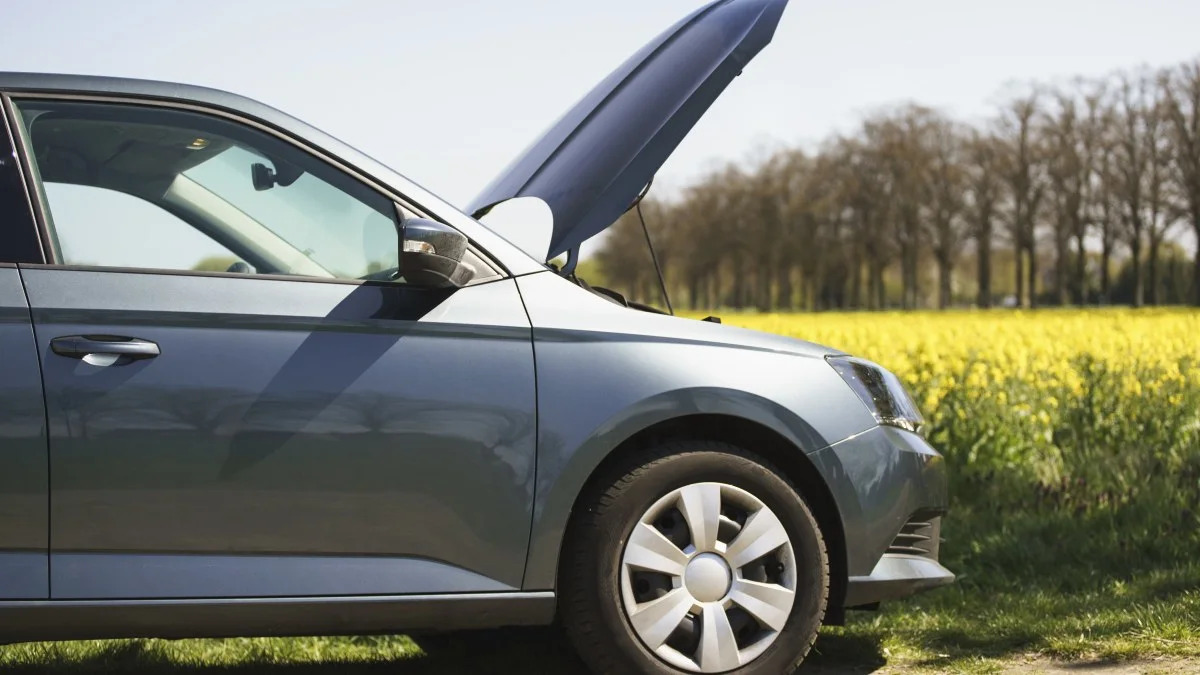
Use the hood release latch to open the hood. Then make sure it stays in place using the stand under the hood. If your battery is in a different location, make sure you open up the compartment where it’s stored to access it.
Step 3: Attach the clamps to the proper battery terminals
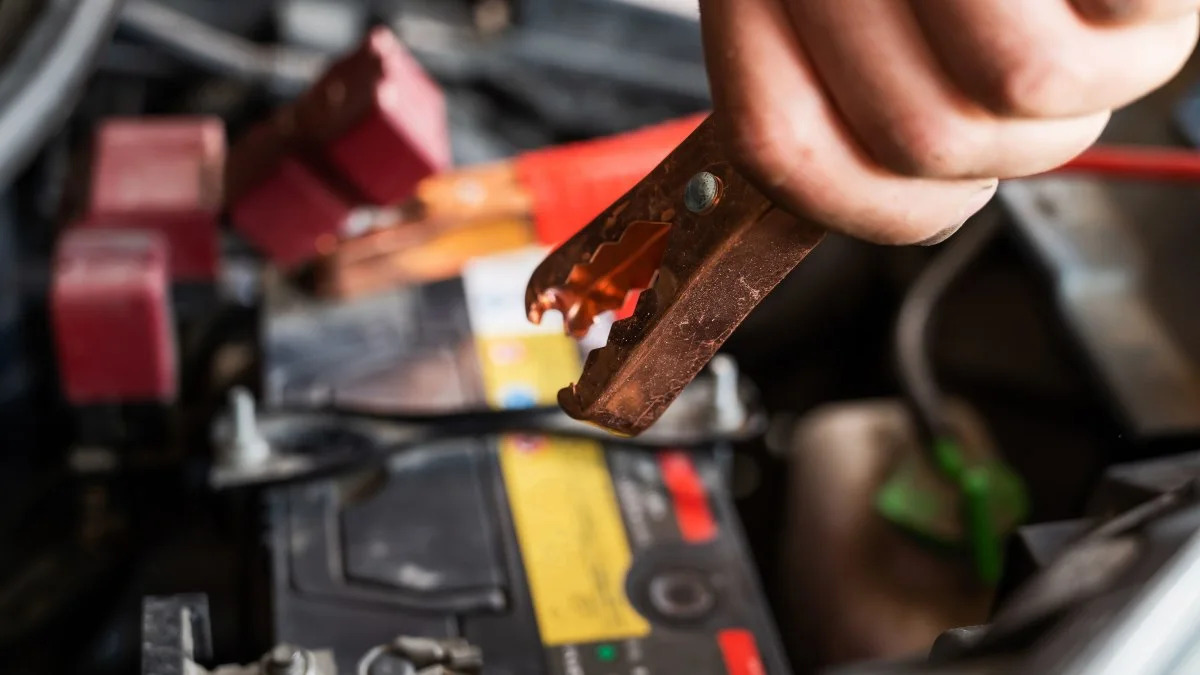
Connect the cables to the jumpstarter. Then attach the red clamp to the positive terminal first then the black clamp to the negative terminal on the battery.
Step 4: Start the vehicle
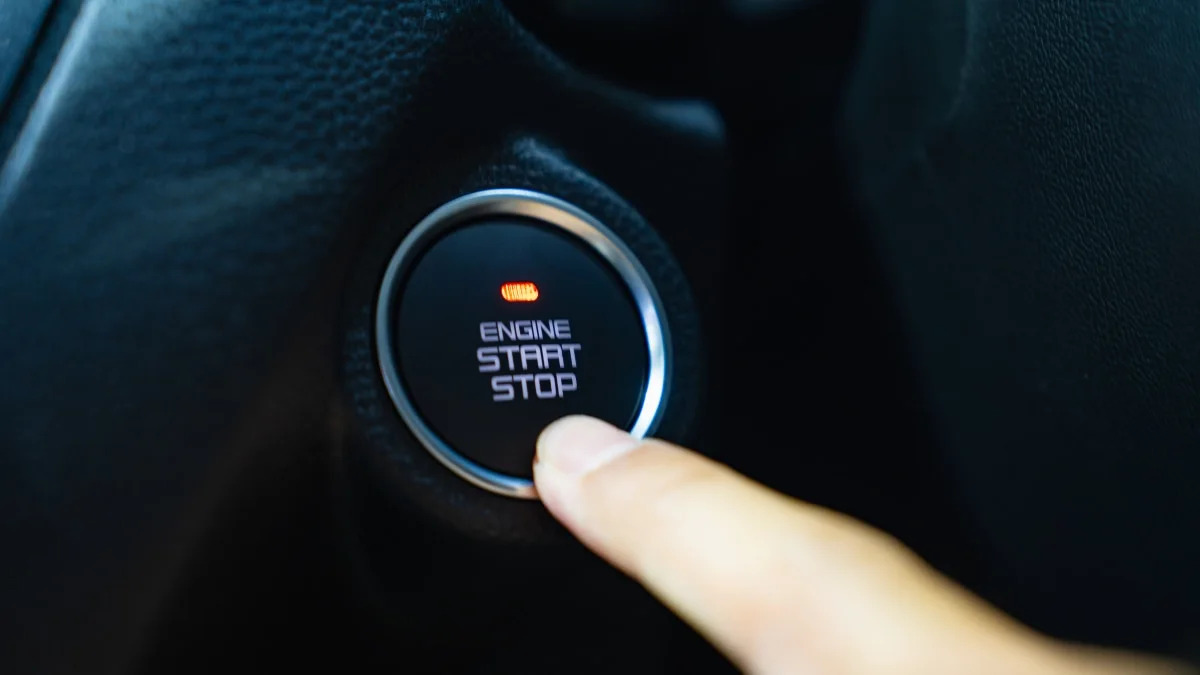
Then get inside the car and start the engine. If it starts, then let is sit for a few minutes before moving the vehicle. If it fails to start try it again, if it still fails to start then your battery may need to be replaced.
How to Jump Start a Car FAQs
What drains the car battery?
There are many different things that can drain your battery. Leaving the interior or head lights on all night, extreme cold or hot weather conditions or wear and tear on the battery are common causes. Another potential problem that could drain your battery is a bad alternator, which charges your battery while the vehicle is on.
How to choose the right jumper cables
Make sure you choose cables that are long enough and are the proper gauge size. The wire gauge number of a jumper cable refers to how thick the cables are and how much energy they can transfer. 8 and 10 gauge are for small cars, 6 gauge is for midsize cars, 4 gauge for large cars and SUVs, 2 gauge for vans and 1 gauge for trucks.
How to choose the right portable jump starter
Make sure you choose a jump starter that has enough power to start your charge your battery and is compatible with your engine.







